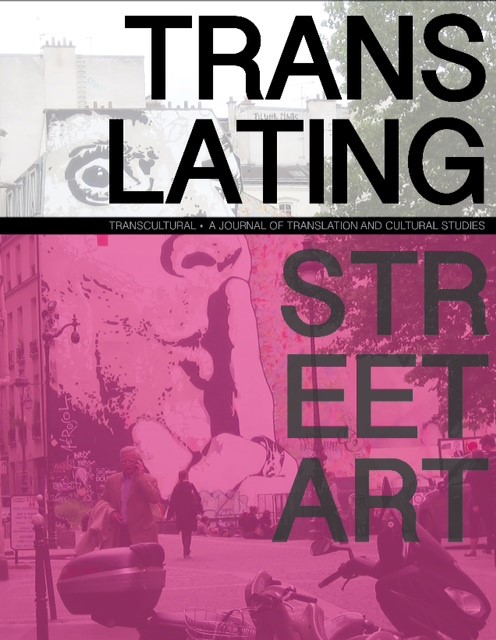Graffiti Silence
DOI:
https://doi.org/10.21992/T91K9VAbstract
These tricontinental ekphrastic poems feature graffiti art(ists) that have caught my heart off guard. The first poem titled “Graffiti of Silence” is a response to the anonymous “listen bird”, ubiquitous in Edmonton's urban geography from 2003 to about 2008. Stenciled, spray painted or stickered, it always featured a speech bubble with one word: listen. It quickly became part of Edmonton’s local iconography, but the city’s Graffiti Management Program managed to eliminate the bird from its streets, but not from public memory. The second ekphrasis titled “The Fisherman” features the work of El niño de las pinturas (Raúl Ruiz), an internationally-renowned graffiti artist based in Granada, Spain. Known for his large-scale wall murals which are almost always accompanied by his own poetic text, he dresses the skin of this city in sienna strokes, covers its bruises with layers of light, becoming a source of symbolic pride for Granada. The third poem, “Monsters in Montevideo,” is inspired by Alfalfa (Nicolás Sánchez), an iconic street artist based in Montevideo, Uruguay. His unique style uses organic lines and bright colours to create fantastical creatures that add a sense of play and surprise to many of the city’s streets. These three ekphrastic poems are an attempt to translate the poetic experience of viewing street art. Through poetry, the impermanent art of graffiti is rendered immortal as a self-portrait of each city and each spectator.Downloads
Downloads
Published
Issue
Section
License
Authors who publish with this journal agree to the following terms: a.Authors retain copyright and grant the journal right of first publication with the work simultaneously licensed under a Creative Commons Attribution License that allows others to share the work with an acknowledgement of the work's authorship and initial publication in this journal. b.Authors are able to enter into separate, additional contractual arrangements for the non-exclusive distribution of the journal's published version of the work (e.g., post it to an institutional repository or publish it in a book), with an acknowledgement of its initial publication in this journal. c.Authors are permitted and encouraged to post their work online (e.g., in institutional repositories or on their website) prior to and during the submission process, as it can lead to productive exchanges, as well as earlier and greater citation of published work (See The Effect of Open Access).



